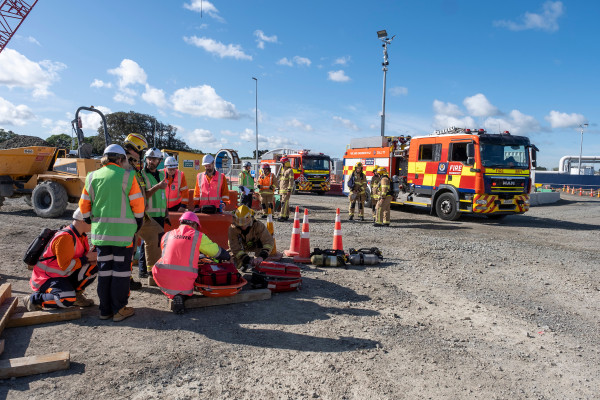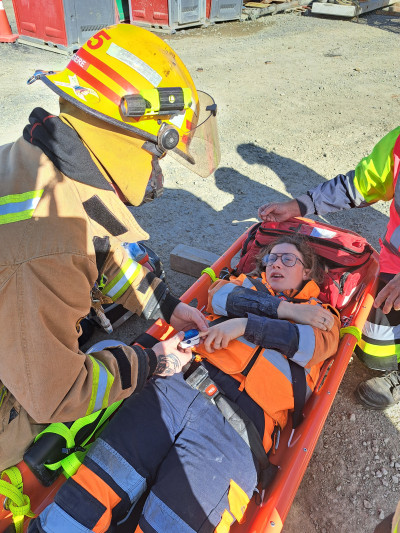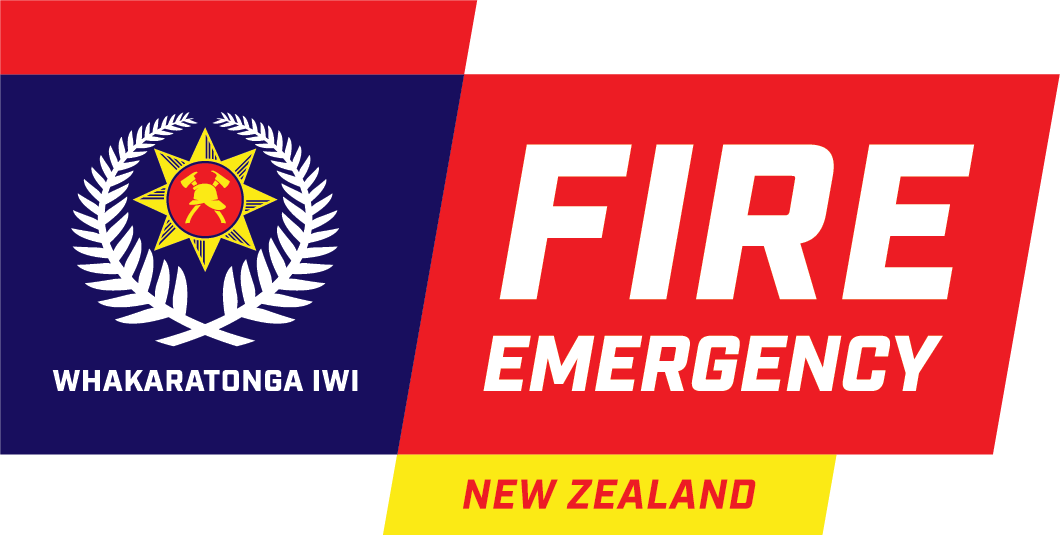Rescue drill at Watercare’s Central Interceptor Tunnel at Māngere
 For the first time in New Zealand, Watercare is tunnelling under a major harbour, Auckland’s Manukau Harbour. As the tunnel is being created, Watercare periodically hold planned emergency rescue drills, the most recent one on 11 October.
For the first time in New Zealand, Watercare is tunnelling under a major harbour, Auckland’s Manukau Harbour. As the tunnel is being created, Watercare periodically hold planned emergency rescue drills, the most recent one on 11 October.
This rescue drill tested the operational elements of a response to an underground emergency, where the L3 Emergency Response Protocol for underground mines and tunnels was activated and a multi-agency response was initiated. The drill scenario included a small underground fire with a couple of injured workers. Several other workers took protection in the refuge chambers 3000m into the tunnel (created to provide shelter during an emergency).
In total approximately 190 people were involved in the exercise, including Police, Mines Rescue Service, St John, WorkSafe and Central Interceptor personnel. From Fire and Emergency, this included Mangere 351, Papatoetoe 347, Group Manager Chris Delfos, and National Infrastructure Advisor Jon Harris. Fire and Emergency assisted with the Incident Management Team and was responsible for patient care until St John arrived.
The objectives of the drill were to:
- promptly account for tunnellers and identify if any were unaccounted for, injured, or were in a compromised location;
- develop and execute a plan to resolve the cause of the emergency;
- make the tunnel safe;
- rescue any injured or trapped tunnellers; and to
- declare the tunnel safe for the evacuation of tunnellers sheltering in refuge chambers underground.
Following the drill, a debriefing session was held with all the emergency services in attendance to ensure any lessons learnt were taken on board and incorporated into the Central Interceptor’s emergency response preparedness.
You can find Central Interceptor’s video of the drill here(external link) and read more about Watercare’s project on their website(external link).
The Central Interceptor project team, with Ghella Abergeldie as the constructor, is building the wastewater corridor under the city’s central suburbs to clean up and improve any overflows into the natural waterways during rain events. Once completed it will be 14.7km, from Māngere to Grey Lynn.


